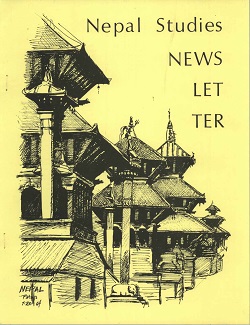Author Biography
Céline Coderey is a Research Fellow at the Asia Research Institute of the National University of Singapore, where she is also a Lecturer and Fellow of Tembusu College. Her research looks at health and healing in contemporary Myanmar combining the lenses of medical and religious anthropology. Her recent works cover the institutionalisation of traditional medicine, the governance and institutionalization of medical products, (the obstacles to) the accessibility of biomedical health care services, notably in the sector of HIV and mental health, practices of divination, and alchemy. She is the author of several articles on these topics and co-editor of the forthcoming book (Routledge 2019) Governance and Circulation of Asian Medicines.
Abstract
‘Gold ash’ (shway pya), a substance Burmese alchemists produce through a complex process of the combination and burning of metals, is considered by many Burmese as the most potent medical ingredient existing in the country. In this article, I explore the factors underpinning its exceptional potency. Grounding my analysis on ethnography conducted in Myanmar since 2004, and more specifically on the case study of Master U Shein (1926-2014), the most well-known alchemist of the country, I illustrate the multiple facets of gold medicine’s potency and show how they emerged from the dialogue between the substance and the layers of meanings it has come to acquire by its existence within a specific social and political space. In particular, I show how gold medicine has come to occupy a controversial position given that it both contrasts with the biomedical paradigm and is perceived as a threat to state power. I argue that although this controversial position limits its growth, it also provides it with a specific political power, which, alongside the medical and spiritual power traditionally attributed to it, allows it to circulate in that inimical space. I also show that such resilience has been aided by the blurriness and weakness of the regulatory system as well as the great inadequacy and inaccessibility of the biomedical system.
Acknowledgements
The fieldwork for this article has been carried out through several trips conducted between 2014 and 2017 mainly thanks to funding granted by the Asia Research Institute of the National University of Singapore. A special thanks to Barbara Gerke and Jan van der Valk for the thoughtful comments on the piece and to Jeremy Fernando and Ranjan Circar for the linguistic revision.
Creative Commons License

This work is licensed under a Creative Commons Attribution-Noncommercial-No Derivative Works 4.0 License.
Recommended Citation
Coderey, Céline. 2019. Gold Ash: Contested yet Immortal, The Exceptional Potency of Burmese Alchemy. HIMALAYA 39(1).
Available at:
https://digitalcommons.macalester.edu/himalaya/vol39/iss1/16


